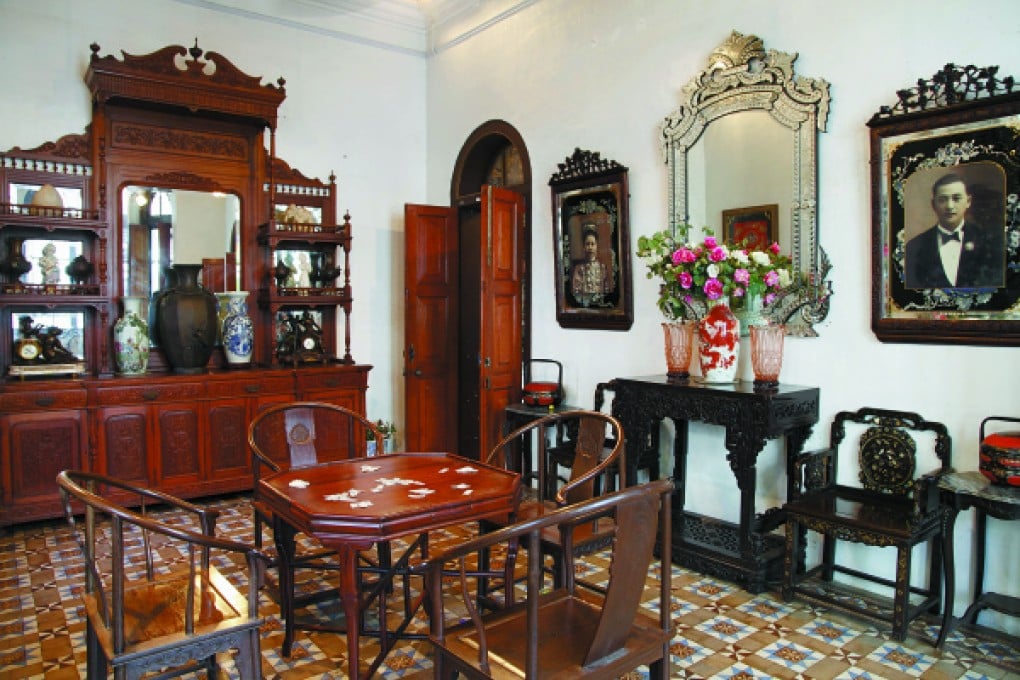High society
Driven by the guile and adaptability of early Chinese traders, the Peranakan culture blossomed across Southeast Asia. And while it may have retreated in recent years, there are still plenty who consider themselves a part of the rich and refined group, writes Stuart Heaver

More than 500 years ago, when skilled Chinese seafarers sailed across the Nanyang ("southern ocean") in search of trade, they inadvertently created a unique racial group that would develop a colourful fusion culture, which flourished until the mid-20th century.
When those Ming-dynasty merchants stepped ashore in the ports along the Strait of Malacca they took local wives and concubines, and in doing so created an enduring cultural identity known as Peranakan, which preserved core Chinese values while adapting to local communities and can still be found today.
"Peranakan" is derived from a Malay word meaning "locally born" and it distinguishes the long-standing and wealthy Chinese commercial elite from the later waves of migrant labour, who established the Chinese diaspora across coastal Malaysia, Myanmar, Thailand, Indonesia and Vietnam.

The Peranakan are also known as the Baba Nyonya and became part of the prosperous Straits Chinese elite, with distinctive language, houses, customs, food and dress. They forged close alliances with Western colonial traders and built business empires and opulent mansions befitting the wealthiest and most influential families in Southeast Asia. This was a flamboyant and sophisticated blend of Chinese, Malay, Indonesian, Portuguese and British influences successfully adapting to its environment for more than four centuries before facing near extinction after the second world war.
During the colonial era they were known as the "King's Chinese" because of their fierce loyalty to the British but the Peranakan paid a price for that allegiance in modern, independent Malaysia, when the indigenous elite realised that, while they might govern the new country, it was the Peranakan who owned it.
This marked the beginning of the retreat of the culture and it would probably be extinct by now if not for the heroic efforts of a few individuals determined to celebrate their heritage, the desire of a new nation to define itself and the unexpected popularity of a television drama.